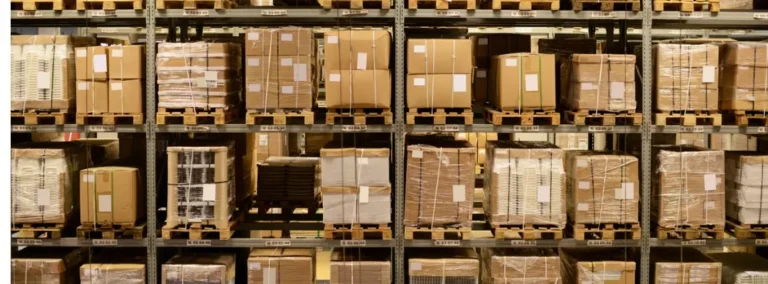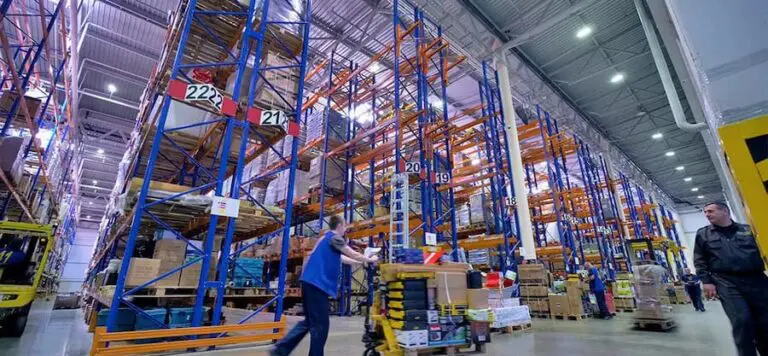What Is Multichannel Fulfillment?
Customers do not limit themselves on how they shop. One day they may go to a brick-and-mortar store to pick up items and the next morning, they may shop online to complete their grocery list.
Restricting product ordering options to one sales channel could significantly impact your potential profits. Instead, companies should expand their capabilities to fulfill orders through every possible sales channel, especially those businesses that have combined B2C and B2B operations. To provide fulfillment strategies for all these sales avenues, many companies use multichannel fulfillment.
For those businesses that gather orders across multiple sales channels — from websites and Ecommerce platforms to social media sites and direct sales — they need robust fulfillment operations. However, creating one fulfillment strategy for one sales avenue and a different strategy for, say, website orders may complicate their operations. This complexity becomes even more pronounced as more sales channels are added. Trying to manage all the fulfillment operations and structures could easily lead to inefficient processes and unnecessary costs.
Multichannel fulfillment offers a simplified way to pick, pack and ship orders that are submitted from numerous sales channels. It basically removes the complexity of order fulfillment by providing one master strategy used for all fulfillment channels. So, how does this logistics solution work? Here is what you need to know:
HOW COMPANIES USE MULTICHANNEL FULFILLMENT
To properly utilize a multichannel fulfillment approach, a company typically relies on historical data and demand forecasting to decide which type of fulfillment strategy to use. Then they decide where the majority of the inventory can be pulled to complete orders and who will handle the delivery operations.
There are several methods of multichannel fulfillment, including:
- Drop shipping fulfillment: Drop shipping is common for retail stores or other customer-facing enterprises. These businesses typically do not have a warehouse or any inventory at their location. Instead, they take orders and allow the supplier to directly ship the product to the customer.
- Self-fulfillment: Self-fulfillment involves the company handling the entire logistical process. These businesses usually have warehouse locations with workers who pick, pack and ship products to customers.
- Third-party fulfillment: With this option, third-party logistical providers (3PLs) take over the inventory, picking, packing and shipment of products. Either the seller or the manufacturer may handle the order processing tasks.
These fulfillment channels usually work for both B2C and B2B operations. Additionally, a company may use all three types of fulfillment strategies for their sales channels.
BENEFITS OF MULTICHANNEL FULFILLMENT
Multichannel fulfillment offers advantages for companies looking to expand their sales operations without expanding the footprint of their warehouse locations.
Benefits include:
- Consolidation: There may come a point when a company is working with multiple warehouse owners and fulfillment providers. Multichannel fulfillment allows a company to consolidate warehousing operations by having one or two logistical partners handle multiple channels.
- Greater efficiency: With consolidated warehousing and logistical operations, a provider could fulfill orders for all customers. These partners ship to businesses, customers and retailers from fewer locations, so they can better accommodate customers based on their specific needs.
- Better visibility: When handling multiple fulfillment strategies, it becomes difficult to keep track and balance inventory levels. Multichannel fulfillment provides greater levels of transparency for enhanced inventory management.
- Cost savings: Eliminating warehouse locations to accommodate every fulfillment channel can help reduce warehouse overhead costs. A company could eliminate redundancy as well as prevent product waste.
CONSIDERATIONS FOR MULTICHANNEL FULFILLMENT STRATEGIES
If a company plans to adopt a multichannel fulfillment strategy, there are several key aspects to consider before implementation. The top consideration is how to manage inventory efficiently with suppliers or 3PL providers. This tactic ensures that the right product levels are available at warehouse locations.
Investing in an inventory management system allows a company to see where all inventory is located in real time. The software should offer demand forecasting capabilities to forecast future sales so that balanced inventory levels are consistently maintained. This strategy prevents understocking or overstocking at warehouse locations.
Another consideration is understanding the capabilities of a fulfillment partner. A company needs to know how well each fulfillment channel works for every sales channel. As such, a 3PL partner should provide timely and comprehensive reports about inventory, fulfillment and shipping activities. Without this information, a company is left in the dark on whether the supply chain is fully optimized.
WSI is a 3PL provider offering a range of fulfillment services for companies across multiple industries. Our experienced logistical team provides inventory management, order fulfillment, tracking, returns management and many other services. Learn more about our comprehensive logistical strategies and how they can help your operations by contacting WSI today.
About the Author

WSI Team
WSI is one of the largest privately held 3rd party logistics companies in the U.S. and spans a nationwide distribution network with global logistics reach.








